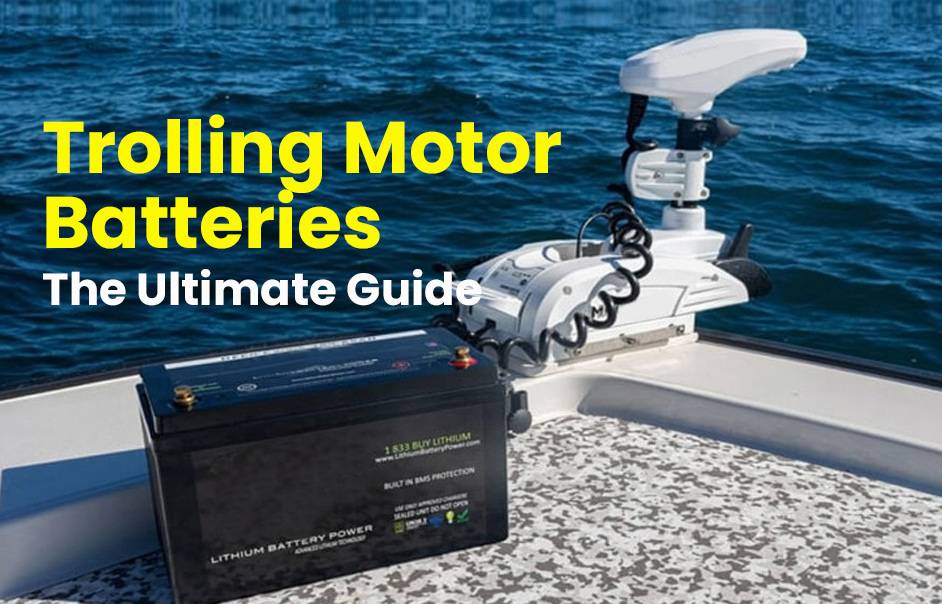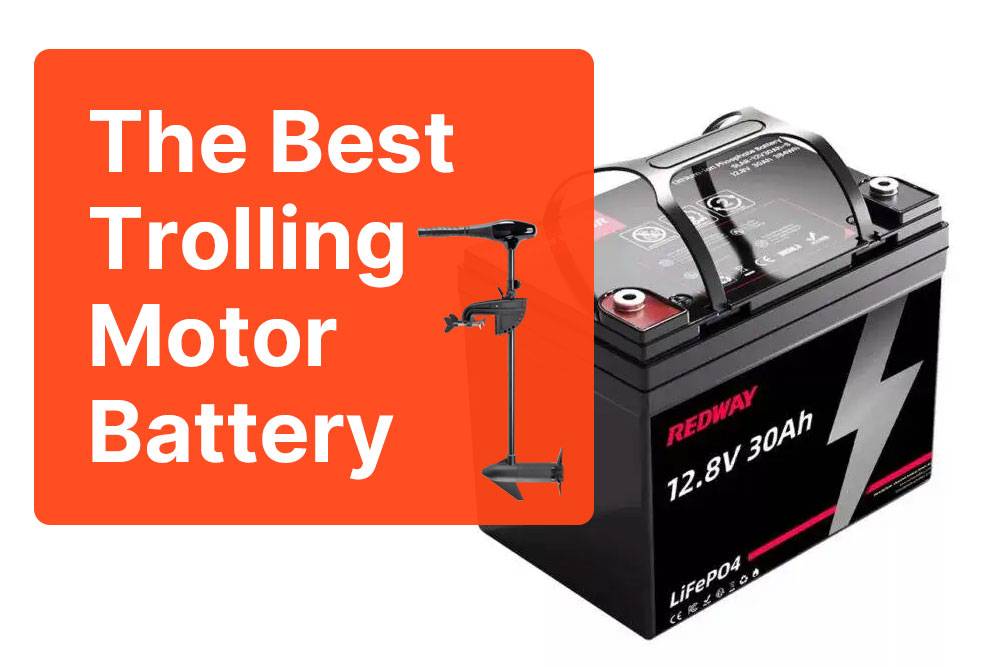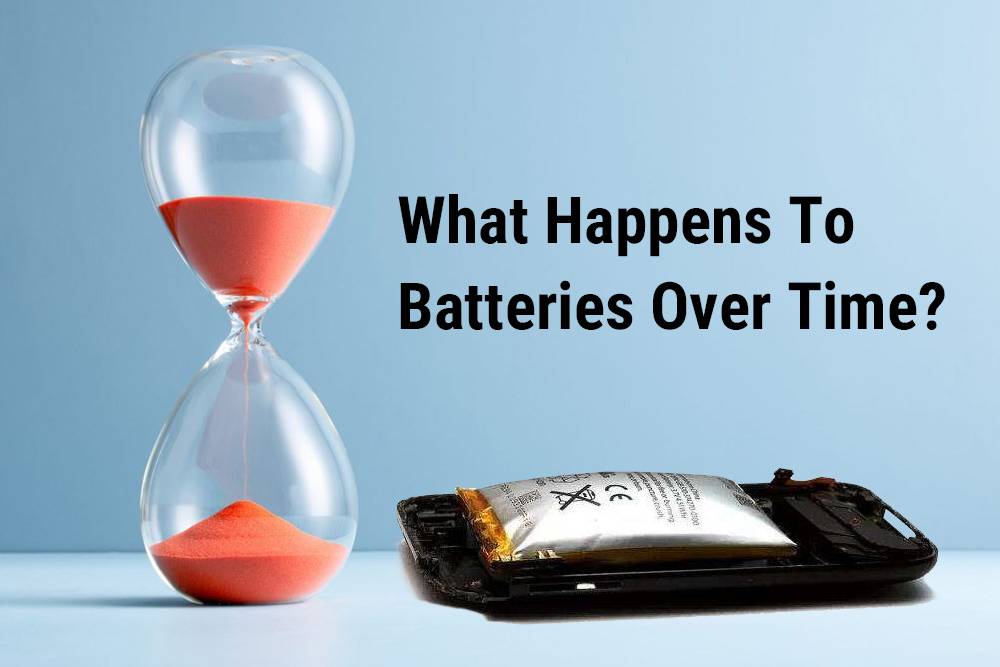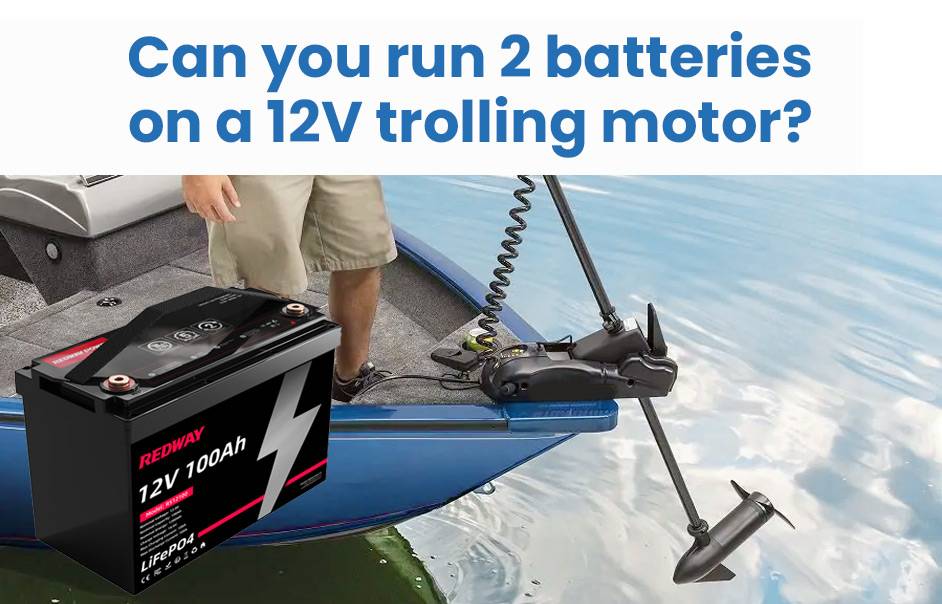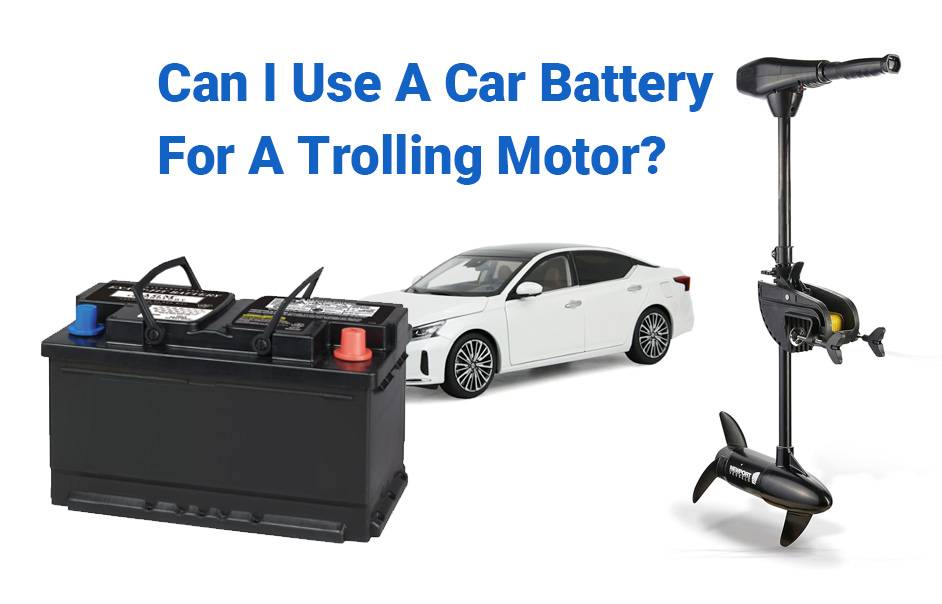Welcome to the ultimate trolling motor battery guide! For anglers and boating enthusiasts, choosing the right battery is crucial for a successful day on the water. This comprehensive guide covers different battery types, factors to consider, maintenance tips, and troubleshooting. Whether navigating calm lakes or rough seas, this guide provides expert knowledge to ensure your trolling motor stays powered for thrilling fishing adventures. So, grab your fishing beverage and let’s dive into the world of trolling motor batteries!
Different Types of Trolling Motor Batteries
Selecting the ideal trolling motor battery involves understanding the various types in the market. Explore the features and benefits of each to make an informed decision.
- Lead Acid Batteries:
- Affordable and reliable power source.
- Requires regular maintenance; shorter lifespan compared to other types.
- AGM (Absorbent Glass Mat) Batteries:
- Durable, sealed, and maintenance-free.
- Withstands rough conditions without leaking.
- Lithium-ion Batteries:
- Top-of-the-line option with high energy density.
- Lightweight, longer run times, and extended overall lifespan.
- Gel Batteries:
- Uses gel electrolyte for improved resistance to vibrations.
- Provides consistent power output throughout the discharge cycle.
Understanding the distinctions between lead acid, AGM, lithium-ion, and gel batteries enables you to make a choice aligned with your specific trolling motor needs. Consider factors like budget, runtime requirements, weight restrictions, and maintenance preferences for an optimal selection.
Factors to Consider When Choosing a Trolling Motor Battery
Selecting the perfect trolling motor battery involves weighing various factors to ensure optimal performance. Consider these key factors for an informed decision.
- Battery Type:
- Lead-Acid: Affordable but requires regular maintenance.
- AGM (Absorbent Glass Mat): Durable and virtually maintenance-free.
- Lithium-Ion: High performance and lightweight but comes at a higher cost.
- Battery Capacity (Ah Rating):
- Indicates energy storage and runtime.
- Choose a capacity that aligns with your desired trolling motor runtime.
- Weight:
- Consider the weight, especially for small boats or portable usage.
- Lead-acid batteries are heavier than AGM or lithium-ion counterparts.
- Maintenance Requirements:
- Lead-Acid: Regular maintenance, checking water levels, and cleaning terminals.
- AGM and Lithium-Ion: Virtually maintenance-free.
- Price:
- Different battery types vary in cost.
- While price is a factor, investing in higher-quality batteries can offer better performance and longevity.
Carefully assessing battery type, capacity, weight, maintenance needs, and price ensures a well-informed decision when choosing a trolling motor battery. Tailor your choice to meet the specific demands of your boating experience for maximum efficiency on the water.
Proper Maintenance and Charging Tips for Trolling Motor Batteries
Ensuring your trolling motor battery’s peak performance requires proper maintenance and charging. Follow these practical tips to keep your battery in excellent condition.
- Regular Inspection:
- Check for damage, corrosion, loose connections, or cracked casing.
- Immediate attention to any issues prevents further damage and ensures reliable performance.
- Charging Guidelines:
- Follow the manufacturer’s instructions for charging.
- Avoid overcharging by disconnecting once fully charged, and consider using a smart charger for optimal charge rate adjustment.
- Water Levels for Lead-Acid Batteries:
- Regularly check water levels in flooded lead-acid batteries.
- Add distilled water as needed; avoid tap water to prevent impurities that may harm the battery.
- Proper Storage:
- Store the battery in a cool, dry place away from sunlight and extreme temperatures.
- Disconnect from devices during non-use to prevent unnecessary drain.
Adhering to these maintenance and charging practices ensures a prolonged life for your trolling motor battery, providing consistent and reliable performance during your fishing adventures.
Best Practices for Prolonging the Life of Your Trolling Motor Battery
To ensure longevity and optimal performance for your trolling motor battery, follow these best practices:
- Full Charging Before Use:
- Always fully charge your battery before each use to maximize capacity and prevent sulfation, a common issue reducing battery life.
- Avoid overcharging to prevent excessive heat buildup and internal damage.
- Proper Storage:
- Store the battery in a cool and dry place when not in use to mitigate the negative impact of extreme temperatures.
- Regular Inspection and Cleaning:
- Inspect the battery regularly for damage or corrosion.
- Clean terminals from dirt or debris using a wire brush or sandpaper; apply dielectric grease to prevent corrosion.
- Mindful Trolling Motor Use:
- Avoid running the motor at maximum speed for extended periods to reduce strain on the battery.
- Vary your speed and provide breaks when possible.
- Quality Charger Investment:
- Consider investing in a quality charger designed for trolling motor batteries.
- Look for features like smart charging technology to optimize cycles and extend battery life.
Consistent adherence to these best practices ensures a prolonged lifespan for your trolling motor battery, delivering reliable performance during your fishing adventures!
Troubleshooting Common Issues with Trolling Motor Batteries
Trolling motor batteries, vital for fishing boats, can encounter common issues. Here’s a guide to troubleshoot and address these problems:
- Drained Battery:
- If your trolling motor loses power suddenly, ensure the battery is fully charged before use.
- Check for loose connections or damaged wiring causing excessive power loss.
- Overloading:
- Trolling motors have a specific power requirement. Avoid overloading by reducing accessories or upgrading to a higher amp hour (Ah) rating.
- Improper Storage and Maintenance:
- Store the battery in a cool, dry place when not in use to prevent temperature-related damage.
- Follow manufacturer-recommended charging procedures for optimal battery lifespan.
- Faulty Wiring:
- Regularly inspect connections for signs of corrosion or damage.
- Ensure all wiring is securely fastened to avoid performance issues.
By promptly troubleshooting these issues, you can maintain smooth operation of your trolling motor batteries and avoid unnecessary repairs or replacements.
Choosing the Right Trolling Motor Battery for Your Needs
Selecting the ideal trolling motor battery involves considering key factors for optimal performance. Here’s a guide to help you make an informed decision:
- Boat Size and Weight:
- Larger boats require batteries with higher capacity for optimal performance.
- Smaller vessels or kayaks can benefit from compact and lightweight options.
- Usage Duration:
- For extended trips, invest in a deep cycle battery designed for consistent power over longer periods.
- Maintenance Requirements:
- Choose between batteries with regular upkeep needs (e.g., watering) or maintenance-free options for added convenience.
- Compatibility:
- Ensure the battery voltage matches your trolling motor system requirements for seamless operation.
- Budget Considerations:
- While cost is a factor, prioritize quality over affordability for reliable power and longevity.
- Thorough Research:
- Explore different brands and models in the market.
- Read customer reviews to gain insights from real users’ experiences.
Investing in a high-quality trolling motor battery may initially cost more but pays off in long-term reliability. Choose wisely to enhance your boating experience and enjoy smooth sailing on every adventure! Happy fishing!

